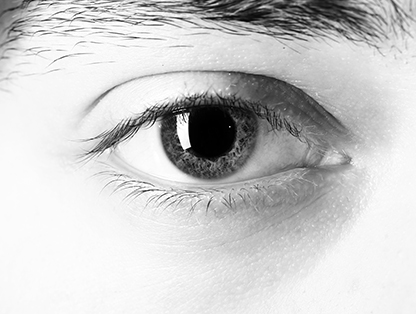1. I often feel the need to get away from the crowd and be alone
2. I am rather a serious person than a carefree one
3. I carefully plan my vacation beforehand
4. I prefer to answer the questions rather than start a conversation
5. I can do anything for a bet
6. It is normal for me to be a leader
7. I prefer reading books to meeting people
8. I enjoy shopping with my friends
9. I’m trying to limit my social circle to few close friends
10. If someone yells at me I yell back















